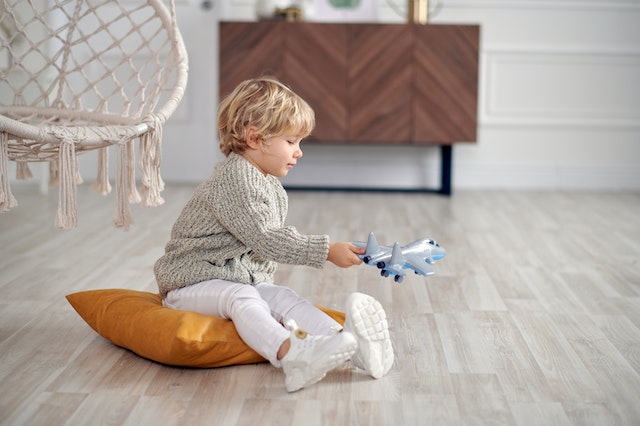Toys are a crucial component of a child’s growth and development. But like everything, there may be risks involved. Some basic rules to follow when shopping for toys include the following: check the label and packaging – fabric-based toys should be marked as flame resistant or flame retardant. Stuffed toys must be washable. Art materials should always be labeled non-toxic, and all toys should have lead-free paint. Cheap children’s toys can be dangerous as these are less likely to have been through strict evaluation and testing programs. Here are some of the things to look out for.
Toys That Break Easily
Toys frequently consist of smaller parts that might come apart and present choking hazards for kids. Each component should be able to be used safely on its own if disassembly is part of the function of the toy. Children can suffocate from a variety of risks, not just little pieces. Other risks include stuffing from toy animals, pompoms or eyes that come off easily and thus pose potential risks. Cheaper toys are more likely to break easily, oftentimes beyond repair.
It is vital to keep your children safe. If your child was injured as a result of a dangerous or defective toy, you must contact a committed law firm like Romanucci & Blandin to guide you through the legal processes. Manufacturers and retailers alike can be held accountable – for this reason, it is best to stick with well-known and trusted brands even though they may be more costly. Regularly inspect toys to make sure they aren’t damaged or have exposed removable pieces or broken seams.
Toys Made of Toxic Materials
Older or hand-me-down toy items should be carefully considered as these might have been painted with lead-based paint. Keep any antique toys you may have out of young children’s reach.
Toys not manufactured in the USA have been known to be incorrectly labelled. Many of these are made from plastics that can be harmful. Phthalates are substances that give polymers their increased pliability, toughness, and softness. They can mimic the effects of hormones in a person’s body, making them harmful. Phthalates may raise your children’s chance of testicular or prostate cancer as well as developmental and reproductive issues. EHP, DBP, and BBP are phthalates that are prohibited worldwide but unfortunately, there are still manufacturers who do not adhere to these restrictions.
Additionally, toys made of recycled plastic have been linked to persistent organic pollutants (POPs), which have been the subject of warnings for years. Sadly, even long-banned substances can be found in new toys. For this reason, take extra care when selecting toys for your children and others. They are not necessarily safe just because they are for sale. A lot of the toys that have been recalled in the past are made in China, but without tight controls, harmful toys can come from anywhere.
Toys That Aren’t Regulated
Labels for toys should be compulsory. Parents could then make educated decisions about the toys they buy for their kids by seeing what chemicals and other products are in them. You can learn more about recalled toys on the U.S. Consumer Product Safety Commission (CPSC) website. To regulate this on a personal level, you could look for toys created in the USA, or you can even make your own. Use materials that say “non-toxic” on the label for making your own toys.
There are a lot of toy options available, and it can be challenging to choose which ones will be safe and appealing to children. Always remember that cheap toys can prove more dangerous for the various reasons discussed.



